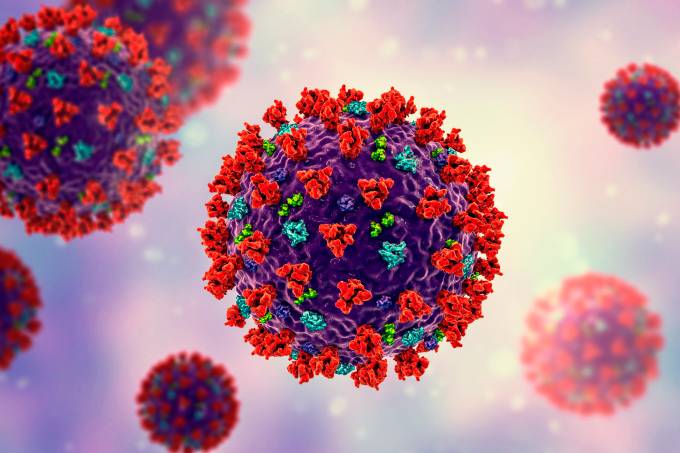Protocol Detail


ANAPHYLAXIS
Anaphylaxis is a severe allergic reaction that needs to be treated right away.
Diagnosis
Acute onset illness with involvement of skin and/or mucous membranes and at least one of:
· Respiratory compromise or
· Hypotension or any end organ dysfunction.
Common symptoms:
· Itching of the palms, soles ,axillae and/or groins,
· Feeling of warmth,
· Rhinitis, conjectivitis,
· Urticaria,
· Bronchospasm and wheeze (esp. in asthmatics),
· Laryngospasm and stridor,
· Angio-oedema,
· Cardiovascular collapse, hypotension and arrhythmias.
NOTE: May deteriorate very rapidly.
Management
1. Remove source,
2. ABC’s and resuscitation as indicated,
3. Oxygen,
4. Continuous monitoring,
5. IV Access x 2,
6. O2,
7. Rapid IV fluid rescitation
8. Adrenaline 1:1000 o.5 ml IM (0.1 mLs/kg 1:10,000 for children) or 10 mcg boluses IV. Can be repeated at 5-15 minute intervals depending on response,
9. Duration of action is minutes so be prepared for deterioration and repeat Adrenaline as required,
10. Consider Adrenaline infusion if remains shocked: 0.25 mcg/kg/min (All Adrenaline ampoules contain 1000 mcg),
11. Hydrocortisone 200 mg IV or Dexamethazone 8 mg IV if severe,
12. Consider Salbutamol Nebulistion/IV for marked bronchospasm,
13. Phenergan 25 mg IV (especialy if marked pruritis)
14. Ranitidine 50 mg IV,
15. Consider Glucagon 1-2 mg IV every 5 min. in those with hypotension and on B-blockers who are be resistant to treatment,
16. Consider Magnesium sulphate 10 mmol IV for refractory Bronchospasm,
17. Be prepared to intubate and ventilate at early juncture if there is airways compromise,
18. Admit all those following severe reactions (up to 20% will relapse),
19. Discharge with Prednisolone 1mg/kg (up to 50 mg) Daily for 3 days only after 4 hours of observation if: steroids given, symptoms markedly improving and adequate returning social environment,
20. Consider referral for allergy testing









